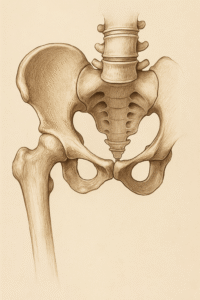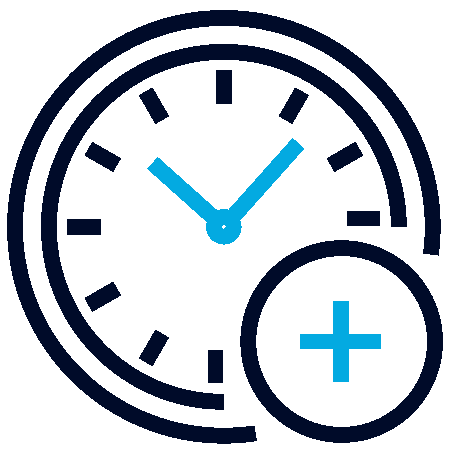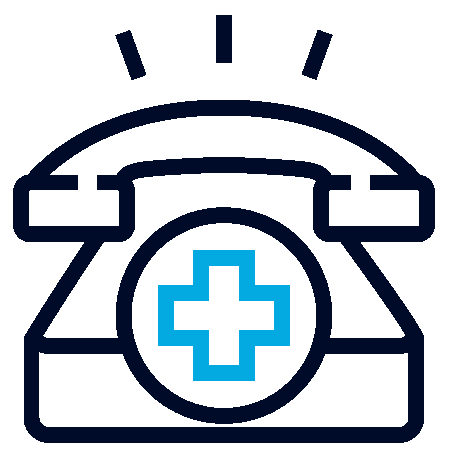Tailbone pain, medically known as coccydynia, is a condition involving discomfort in the coccyx, the small bone at the base of the spine. This pain can range from a mild ache to severe agony and affects daily activities like sitting, walking, or even standing. As a pain management specialist, I’ve treated numerous patients with tailbone pain, and understanding its causes, symptoms, and management is essential for effective relief. In this comprehensive guide, we’ll cover everything from tailbone pain causes to symptoms, diagnosis, and tailbone pain treatment options. We’ll also include practical tips like tailbone pain exercises that can be done at home. Tailbone pain is becoming increasingly common due to modern lifestyles involving prolonged sitting, and early intervention can prevent it from becoming chronic. This pain isn’t just a physical issue; it can also lead to psychological effects, such as reduced sleep quality or impacted work performance. By reading this guide, you’ll better assess your situation and know when to seek professional help.

What Is Tailbone Pain?
Tailbone pain refers to discomfort centered around the coccyx, a triangular bone consisting of three to five fused vertebrae at the end of the spine. This bone supports body weight when sitting and serves as an attachment point for pelvic floor muscles, tendons, and ligaments. Tailbone pain often manifests as a sharp or throbbing sensation that worsens with pressure or movement. It’s more than a simple bruise; it can stem from various underlying problems, such as ligament strains or structural abnormalities. Anatomically, the coccyx is the final part of the spine’s S-shaped curve and connects to the sacrum. This area is rich in nerve endings, making the pain feel intense. Tailbone pain is sometimes confused with lower back pain, but its focus is lower down. If you’re experiencing tailbone pain when sitting, it could be due to constant pressure on the coccyx. Understanding the anatomy is key to managing this pain, as treatment approaches are shaped around this structure.
How Common Is Tailbone Pain?
Tailbone pain affects a significant portion of the population. Studies show it’s more common in women than men, owing to anatomical differences and factors like childbirth. Adolescents and adults are at higher risk than children, as lifestyle changes—like desk jobs—can trigger it. Obesity increases the risk, as extra weight places more load on the coccyx area. In clinical practice, patients complaining of tailbone pain from sitting are often office workers. The prevalence in the general population is around 1-2%, but unreported cases may make it higher. Tailbone pain pregnancy, a specific form, can affect more than 10% of women during gestation. This commonality is linked to sedentary modern life; for instance, the rise in remote work post-pandemic may have exacerbated the issue. If you fall into these groups, taking early preventive measures can stop it from becoming chronic.
Tailbone Pain Types
Tailbone pain is categorized by duration and severity, which helps guide treatment strategies.
Acute Tailbone Pain
Acute tailbone pain typically arises suddenly, often from trauma such as a fall or direct impact. This type lasts less than three months and is marked by sharp, intense discomfort that improves with rest and basic remedies. It’s common in athletes or after accidents; for example, someone who slips while skiing might experience acute tailbone pain. At this stage, avoiding aggravating activities accelerates healing.
Chronic Tailbone Pain
Chronic tailbone pain persists beyond three months and may result from repetitive strain, poor posture, or unresolved acute injuries. It often involves ongoing inflammation or joint degeneration, making tailbone pain when sitting particularly challenging for daily life. Patients with chronic cases usually require more advanced interventions, such as physical therapy or injections. The chronic form is also associated with psychological stress; for instance, it can lead to sleep disturbances due to discomfort.
What Are the Symptoms of Tailbone Pain?
Symptoms of tailbone pain vary but commonly include localized pain at the base of the spine, which worsens during sitting or transitioning from sitting to standing. Other signs are tenderness upon touch, pain during bowel movements, or discomfort during sexual intercourse. In severe cases, the pain may radiate to the lower back, hips, or legs. Tailbone pain when sitting might indicate strain on the coccyx ligaments. Swelling or bruising can occur if it’s injury-related. These symptoms can disrupt everyday life; for example, long drives or flights become nearly impossible. If symptoms last more than two weeks, a medical evaluation is necessary to rule out serious underlying issues.
What Are the Causes of Tailbone Pain?
Tailbone pain causes are diverse, spanning from everyday habits to medical conditions. Trauma is the most common trigger: falls, sports injuries, or childbirth can bruise, fracture, or dislocate the coccyx. Repetitive strain from sitting on hard surfaces for extended periods leads to tailbone pain from sitting. Degenerative changes, such as aging or arthritis, cause joint instability. Infections or tumors are rare but serious. Other factors include obesity, hypermobility, or spinal issues like herniated discs. Tailbone pain pregnancy is particularly prevalent due to hormonal changes that relax ligaments and increased pelvic pressure from the fetus. Understanding these causes is vital for prevention; for instance, using ergonomic chairs can reduce risk.
Tailbone Pain by Age Group
The presentation and causes of tailbone pain differ across age groups, influencing treatment approaches.
Tailbone Pain in Adults
In adults, tailbone pain is often linked to sedentary lifestyles, occupational hazards, or degenerative conditions. Women in their 30s-50s may experience it post-childbirth, while men might attribute it to cycling or heavy lifting. Chronic cases are more common, with tailbone pain relief focusing on lifestyle modifications and therapy. In adults, stress plays a role as well.
Tailbone Pain in Children
Tailbone pain in children is less common and typically results from falls during play or sports. Children’s coccyx is more flexible, reducing fracture risk, but rapid growth can exacerbate strains. Diagnosis emphasizes ruling out congenital issues, and treatment is conservative to avoid impacting development. Parents should monitor their child’s activities closely.
What Causes Tailbone Pain and Who Is at Risk?
Building on the causes mentioned, risk factors include female gender, obesity, and jobs involving prolonged sitting. Pregnant women are at heightened risk due to relaxin hormone and fetal pressure. Athletes in contact sports or those with hypermobile joints are also vulnerable. Early identification of these risks can prevent chronic tailbone pain; for example, regular exercise can mitigate them.
What Are the Best Exercises to Relieve Tailbone Pain?
Tailbone pain exercises are a cornerstone of non-invasive relief, targeting stretching and strengthening of the pelvic floor, glutes, and lower back. Here are effective ones, described step by step:
- Child’s Pose: Kneel down, big toes touching, and sit back on your heels. Fold forward with arms extended. Hold for 20-30 seconds to stretch the back and relieve pressure.
- Cat-Cow Stretch: On all fours, arch your back up (cat) and then dip it down (cow). Repeat 10 times for spinal mobility.
- Knee-to-Chest Hug: Lie on your back, pull one knee to your chest and hold. Do this for 20 seconds per side to release hip tension.
- Bridge Pose: Lie on your back with feet flat, lift your hips off the ground. Hold for 10 seconds to strengthen glutes and core.
- Pigeon Pose: From a lunge, extend one leg back and lower your hips. Hold for 20 seconds to target piriformis muscles.
- Figure 4 Stretch: Lie on your back, cross one ankle over the opposite knee, and pull the bottom leg toward you. This relieves glute tightness.
- Hip Flexor Stretch: In a lunge position, push your hips forward with the back knee down. Hold for 20 seconds to loosen tight hips.
Perform these 2-3 times daily, starting slowly. For tailbone pain pregnancy, modify poses to avoid excess strain. Always consult a professional if pain persists.
How is Tailbone Pain Diagnosed?
Diagnosis of tailbone pain starts with a thorough medical history and physical exam, including palpation of the coccyx. X-rays can detect fractures or dislocations, while MRI or CT scans reveal soft tissue problems or tumors. In some cases, bone scans or rectal exams help rule out other conditions. These steps are critical for accurate tailbone pain treatment.
Tailbone Pain Treatment
Tailbone pain treatment begins conservatively and escalates if necessary. Home remedies include using donut cushions to reduce sitting pressure, applying ice or heat for 20 minutes, and taking NSAIDs like ibuprofen for tailbone pain relief. Avoid prolonged sitting and maintain good posture to prevent aggravation. Physical therapy is highly effective, involving manual manipulation of pelvic muscles and customized exercises. For chronic cases, corticosteroid injections offer anti-inflammatory relief. Rarely, surgery such as coccygectomy removes the coccyx if all else fails. In pregnancy, prioritize supportive cushions, gentle stretches, and prenatal physical therapy. Additional options like acupuncture or massage can complement standard treatments. When to see a doctor? If the pain is severe, accompanied by numbness, or lasts over two weeks. Personalized treatment plans yield the best outcomes.



